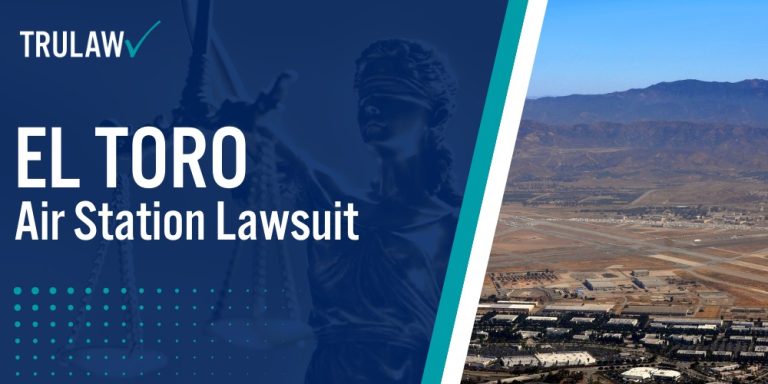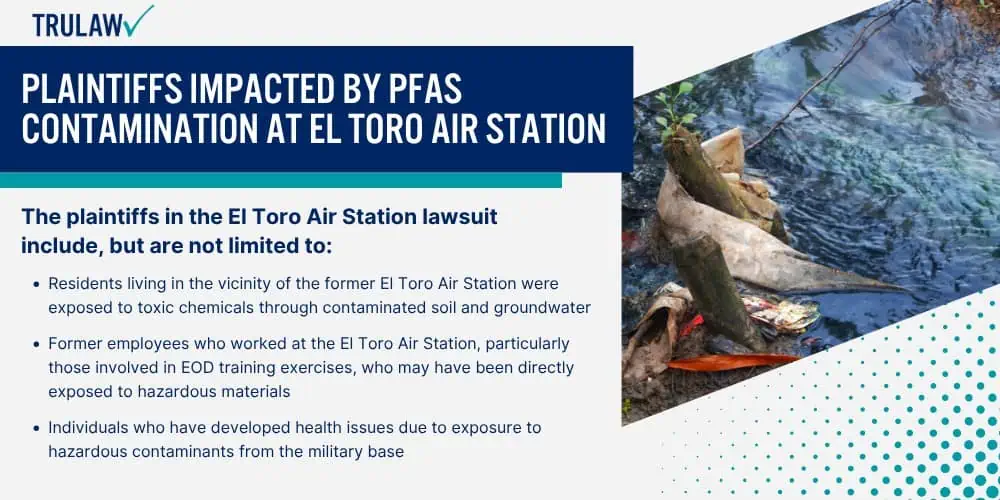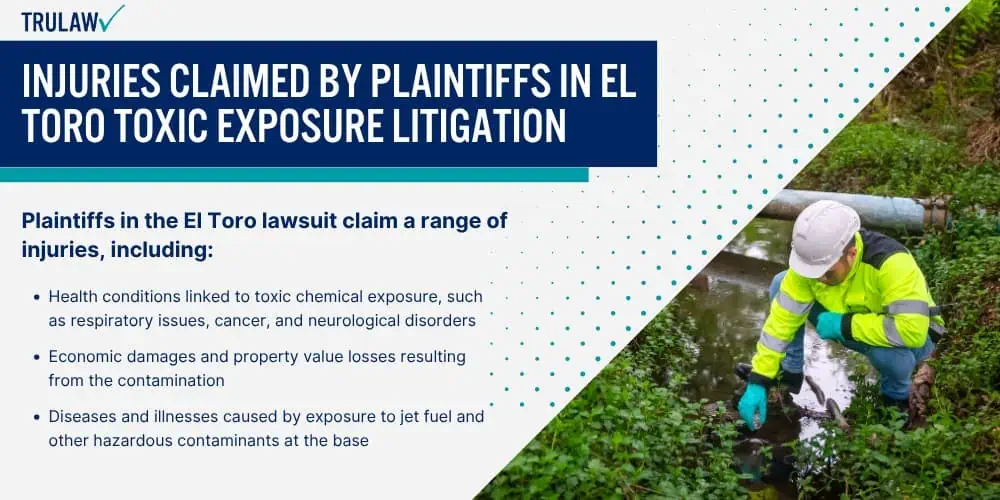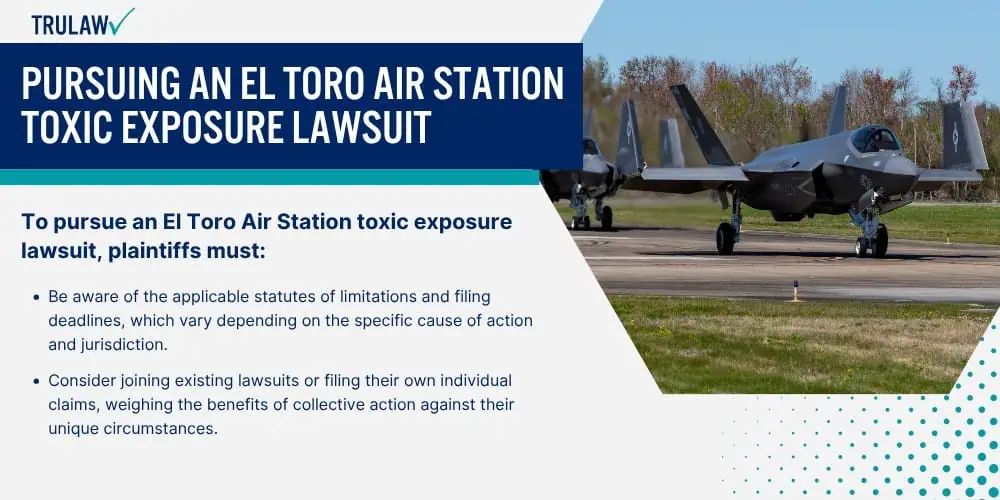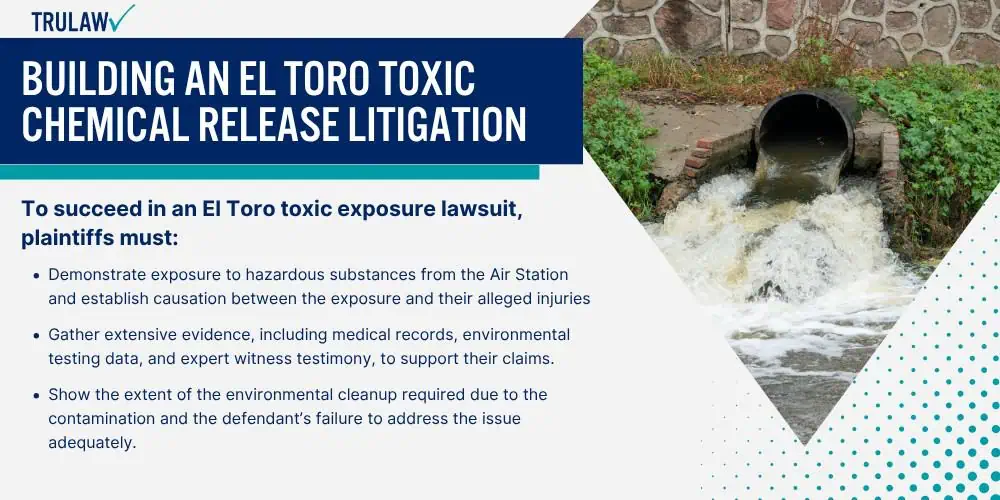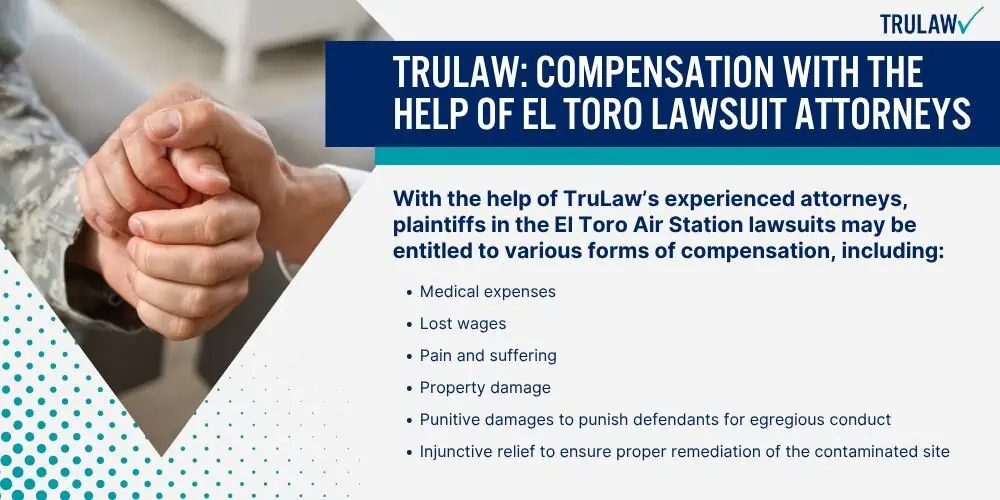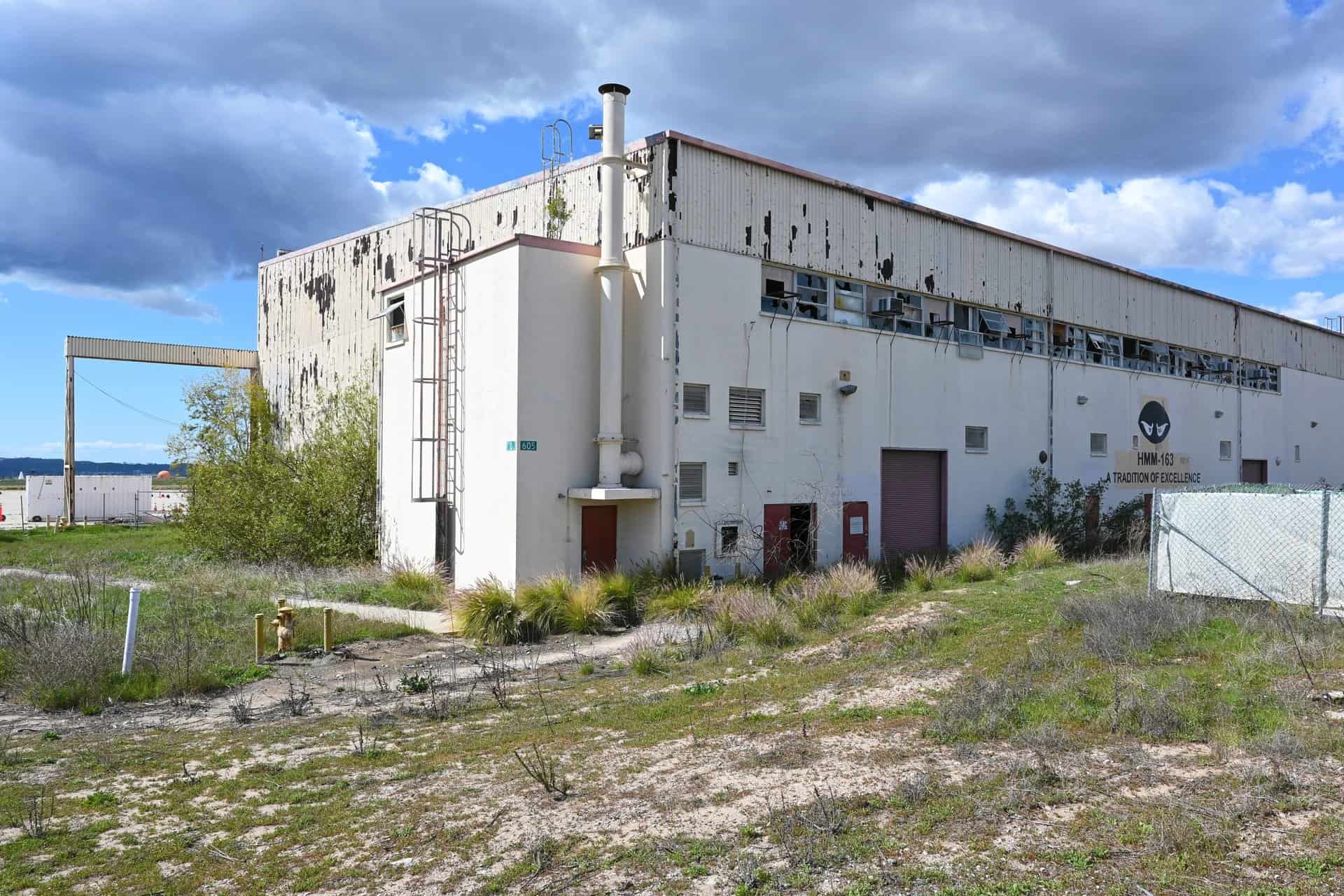Extensive environmental investigations have been conducted at the former Marine Corps Air Station El Toro in Irvine, California, since the late 1980s.
These investigations, conducted under the Navy’s Installation Restoration Program (IRP), have revealed significant contamination at the site, particularly at IRP Site 1, which includes the Explosive Ordnance Disposal (EOD) Training Range and the Adjacent Property.
The discovery of hazardous substances, including naphthalene and munitions and explosives of concern (MEC), has given rise to potential legal claims against the parties responsible for the contamination.
Plaintiffs allege that improper disposal practices and failure to remediate the site adequately have led to ongoing health risks and property damage.
Decades of Pollution at the Former Marine Corps Air Station El Toro
Environmental investigations at the former Air Station El Toro have been ongoing since the base’s closure in 1999.
The Navy’s IRP has identified numerous contaminants, including volatile and semivolatile organic compounds, perchlorate, explosives residues, metals, and dioxins/furans, in the soil gas and groundwater at the site.
The Environmental Protection Agency has been working closely with the Navy to oversee the cleanup efforts at the Marine Corps Air Station.
Legal Claims of Hazardous Substances at El Toro Air Station
The presence of these hazardous substances has led to a range of legal claims against the U.S. Navy and other potentially responsible parties.
Plaintiffs allege negligence, failure to warn, and environmental laws such as CERCLA and RCRA violations.
Many of these claims stem from the discovery of abandoned wastewater treatment lines and underground storage tanks that have contributed to the contamination at the site.
